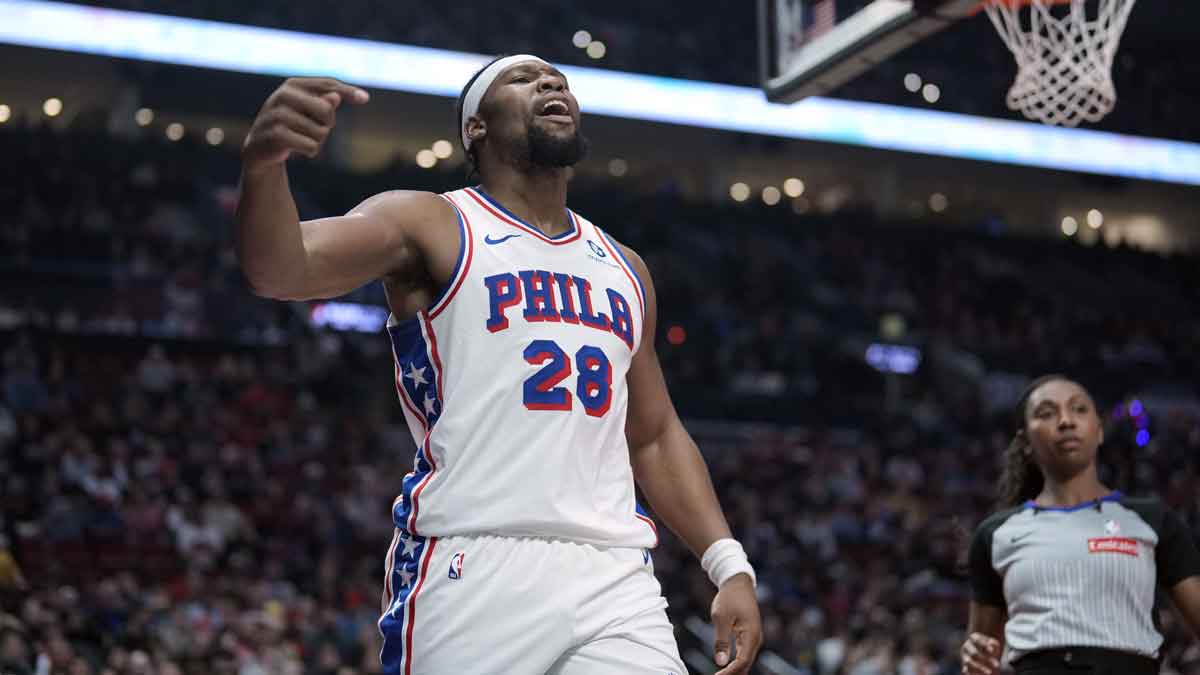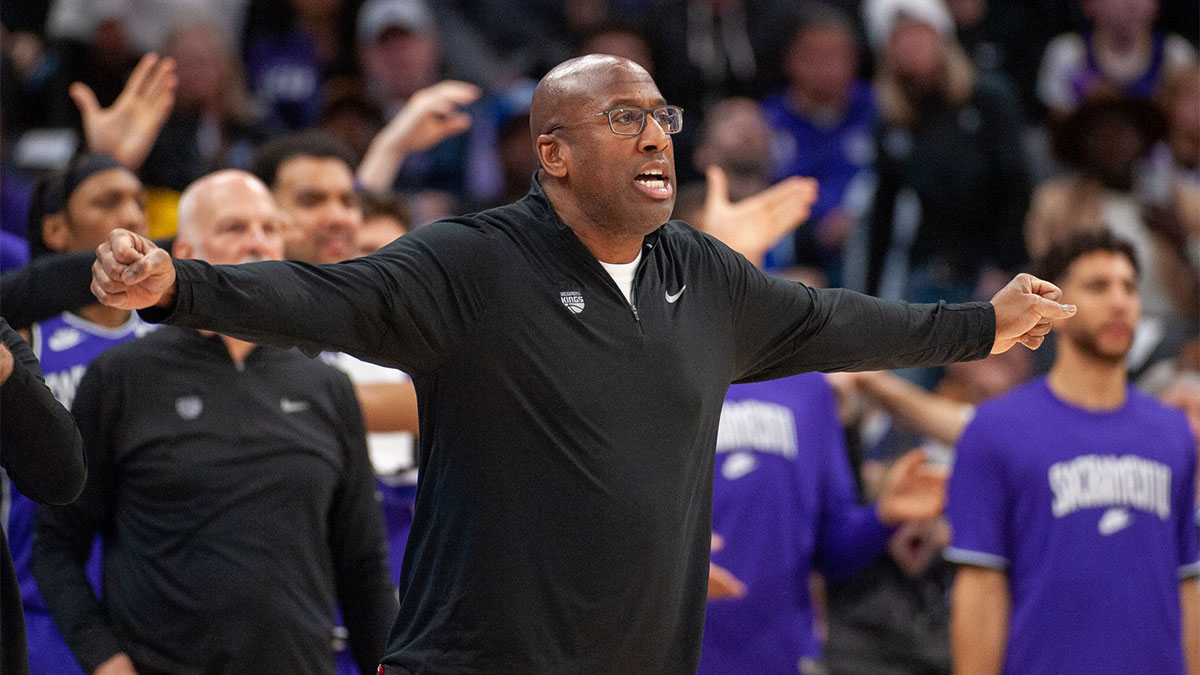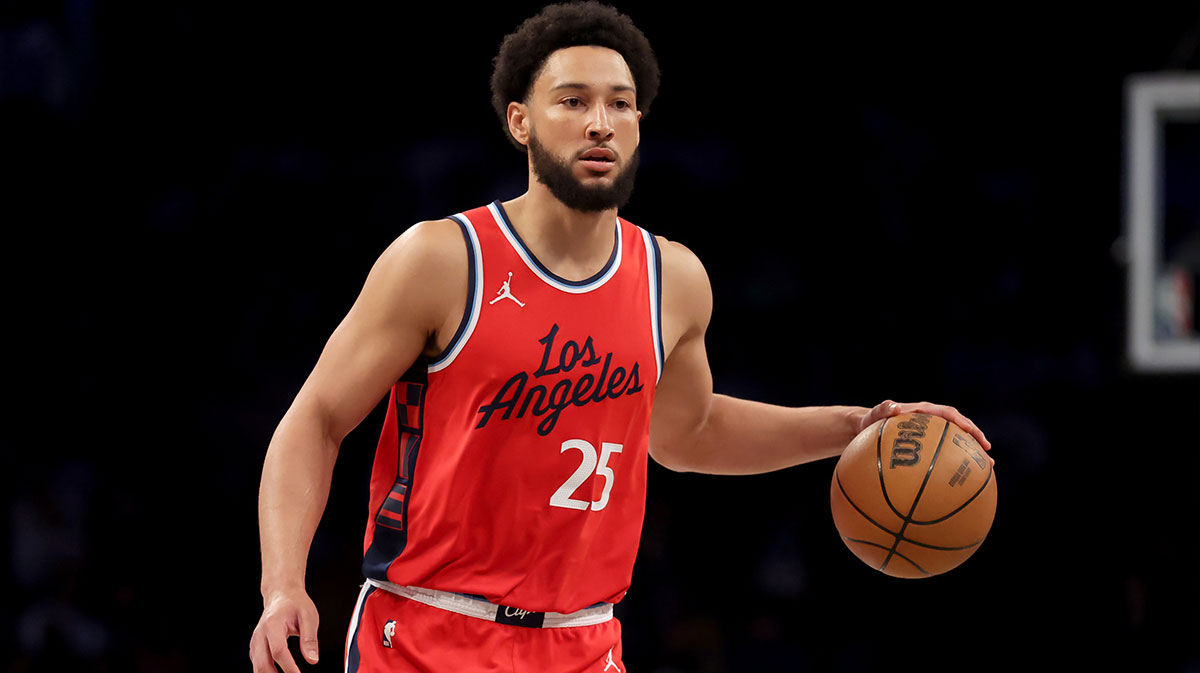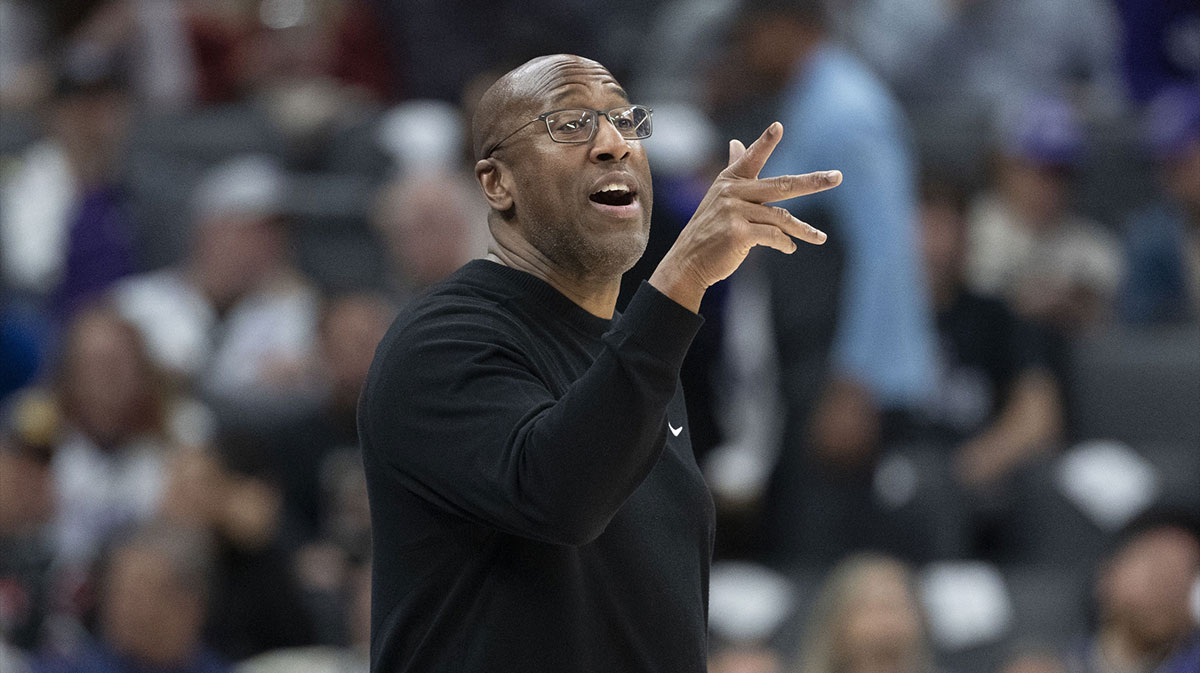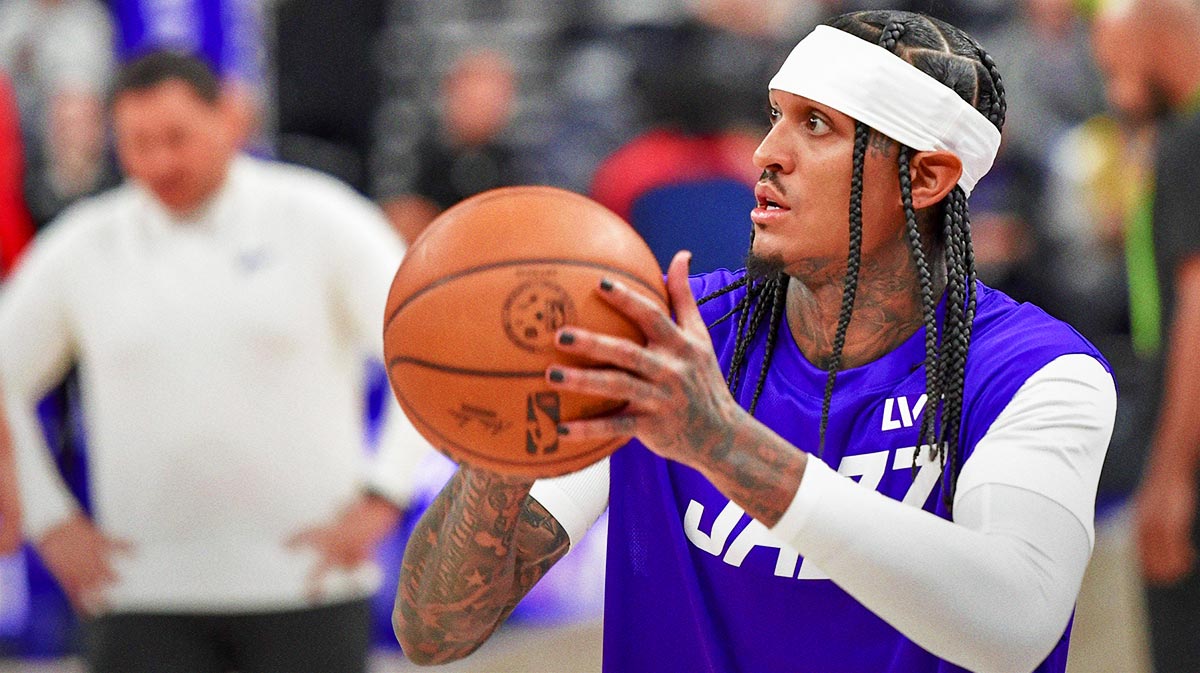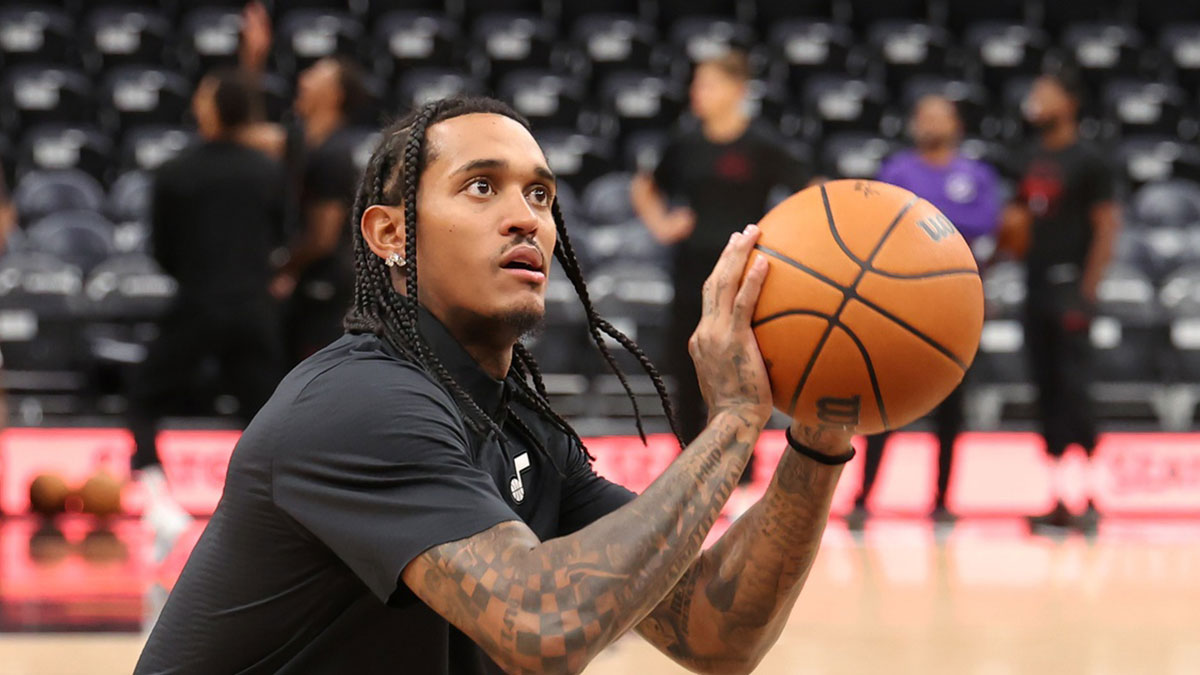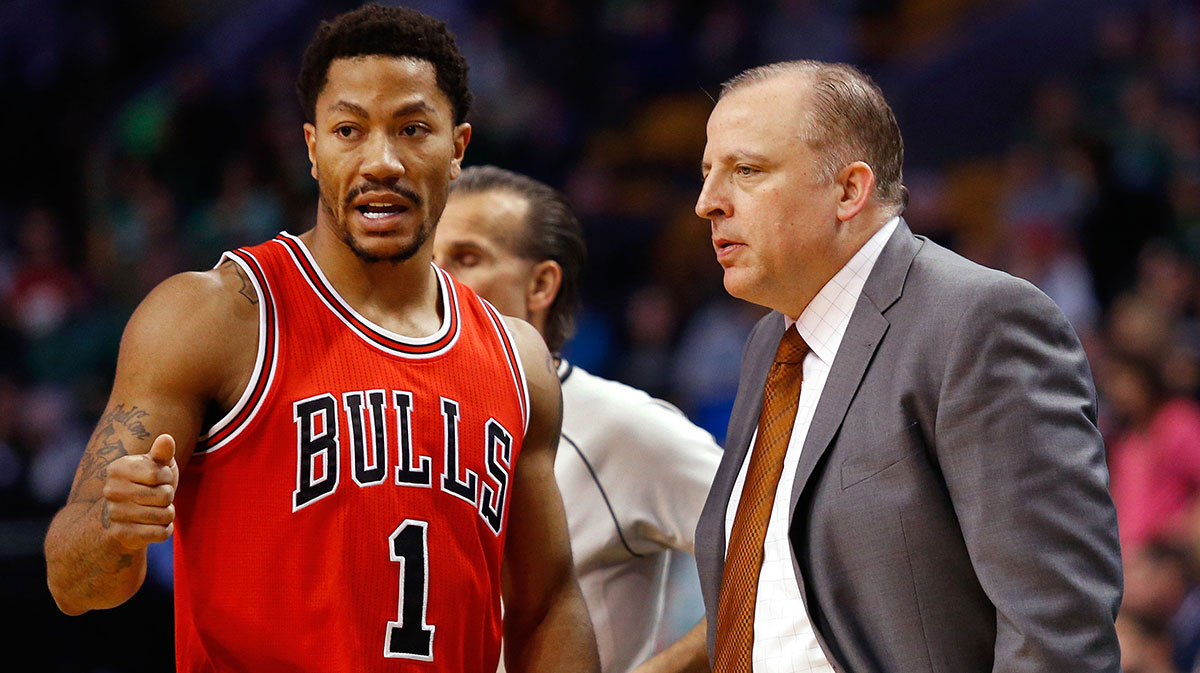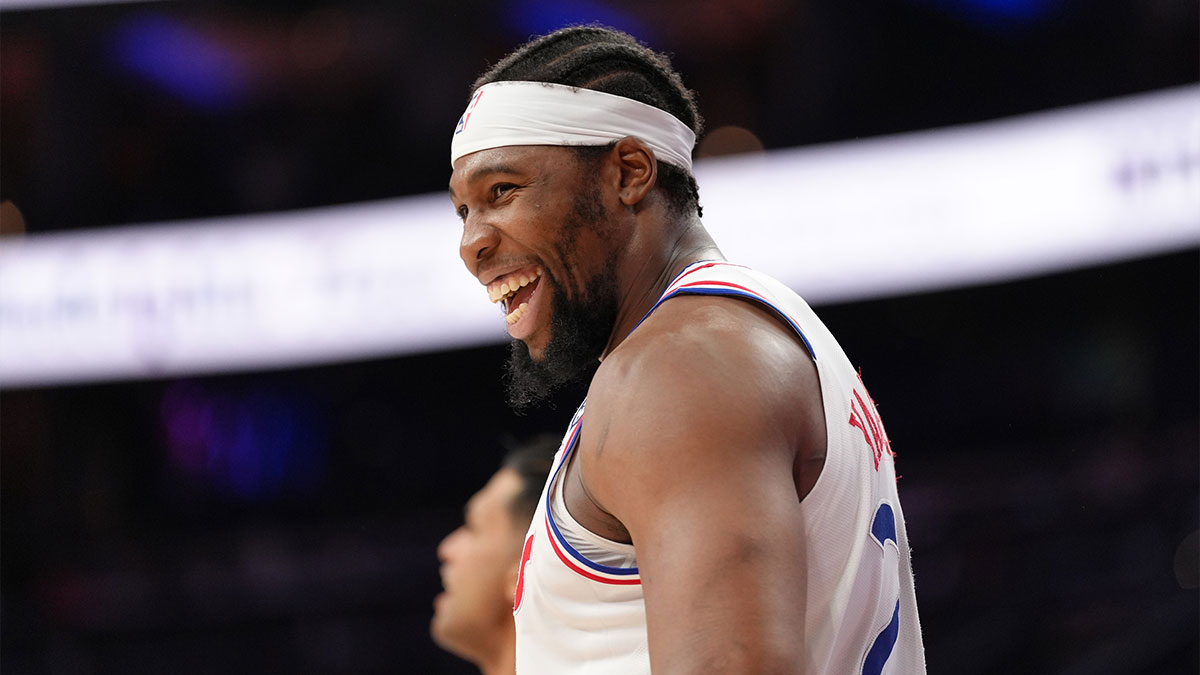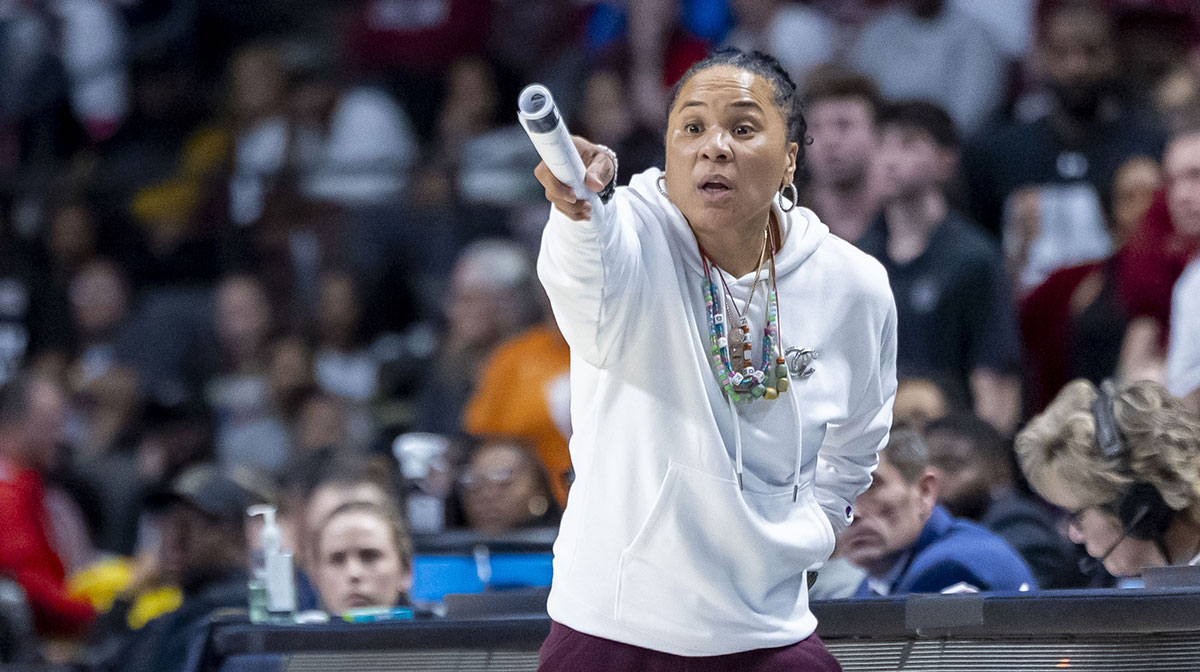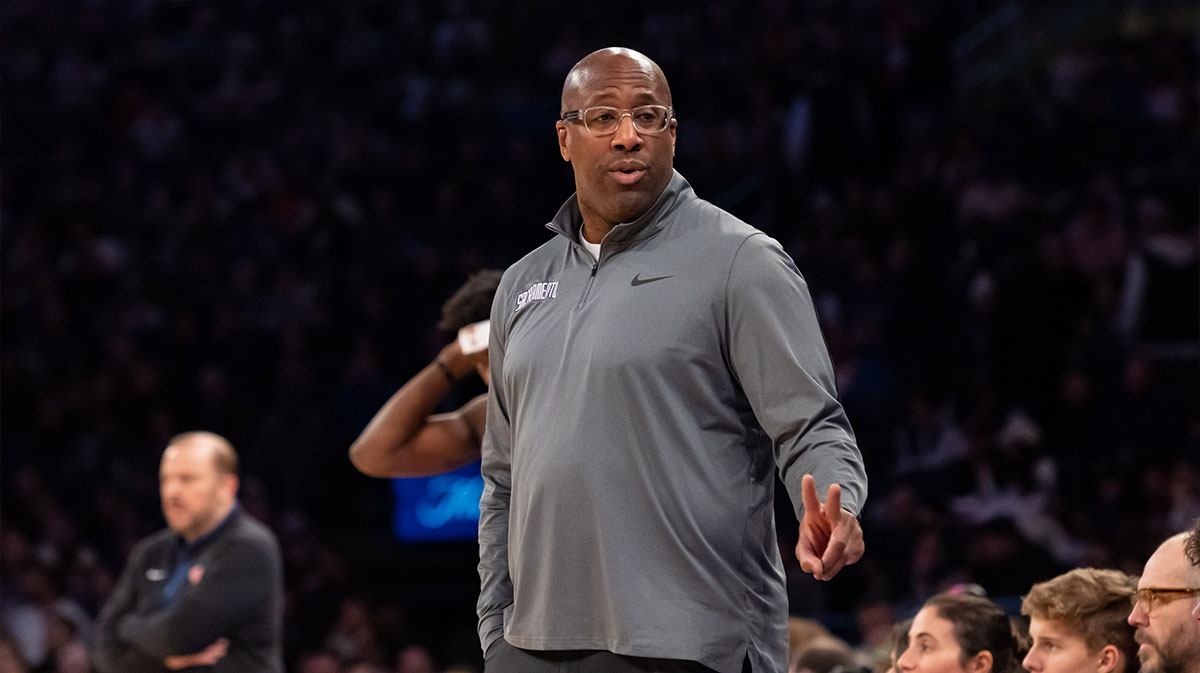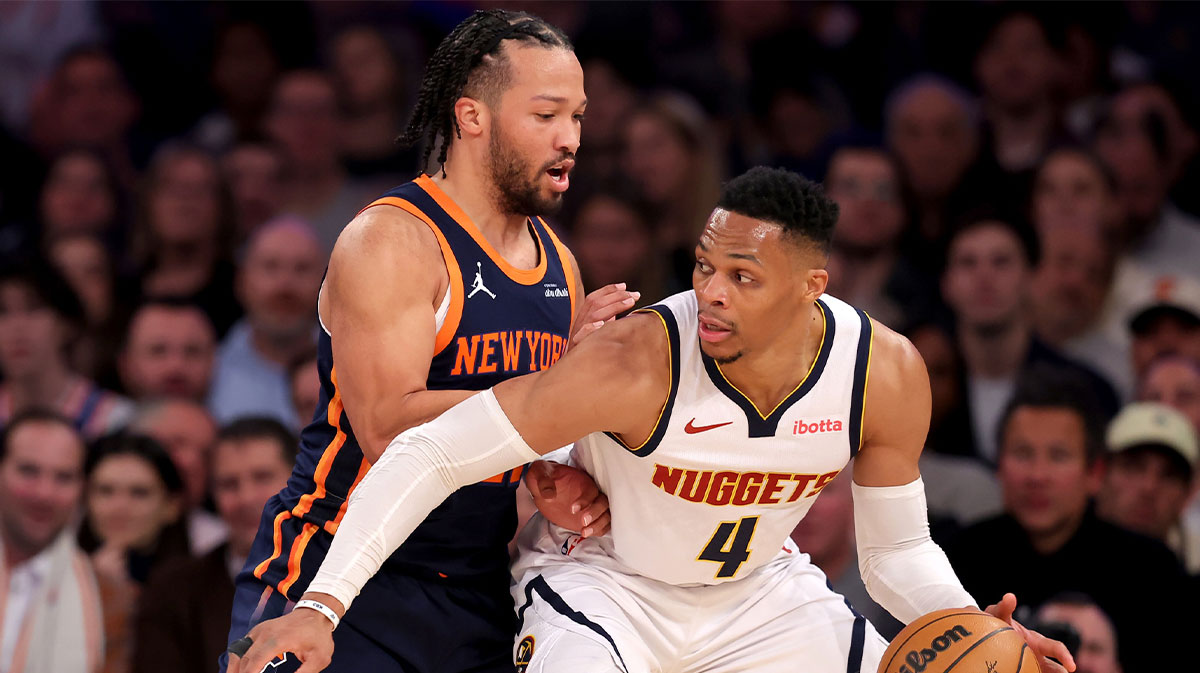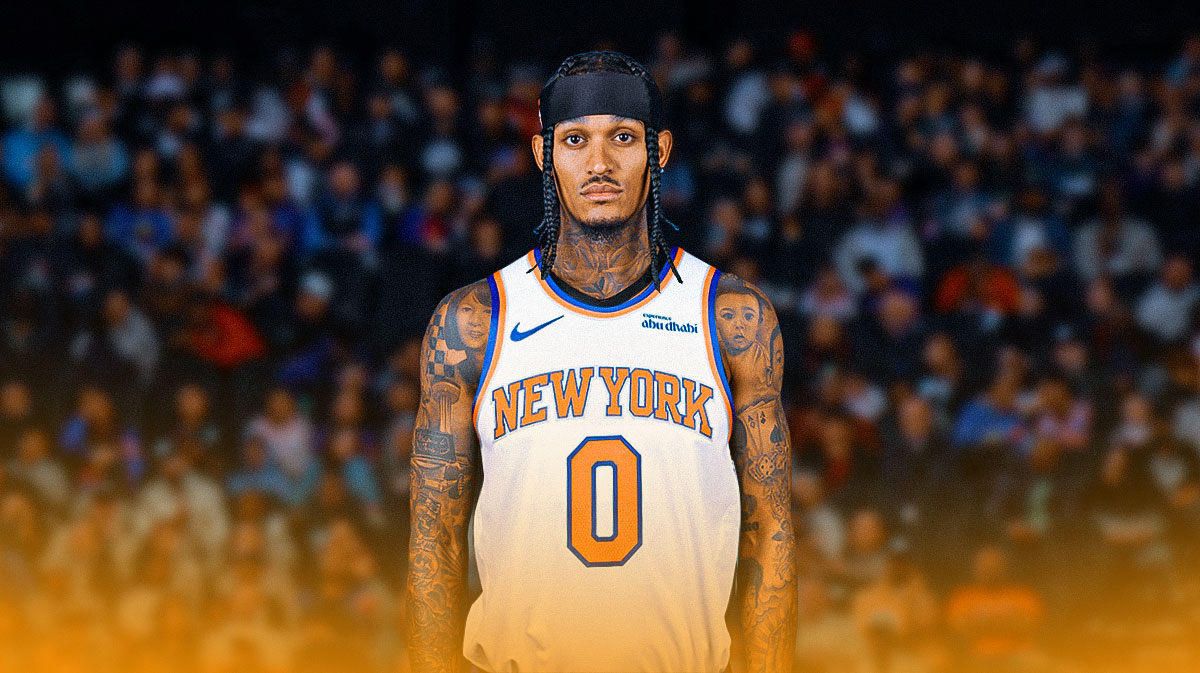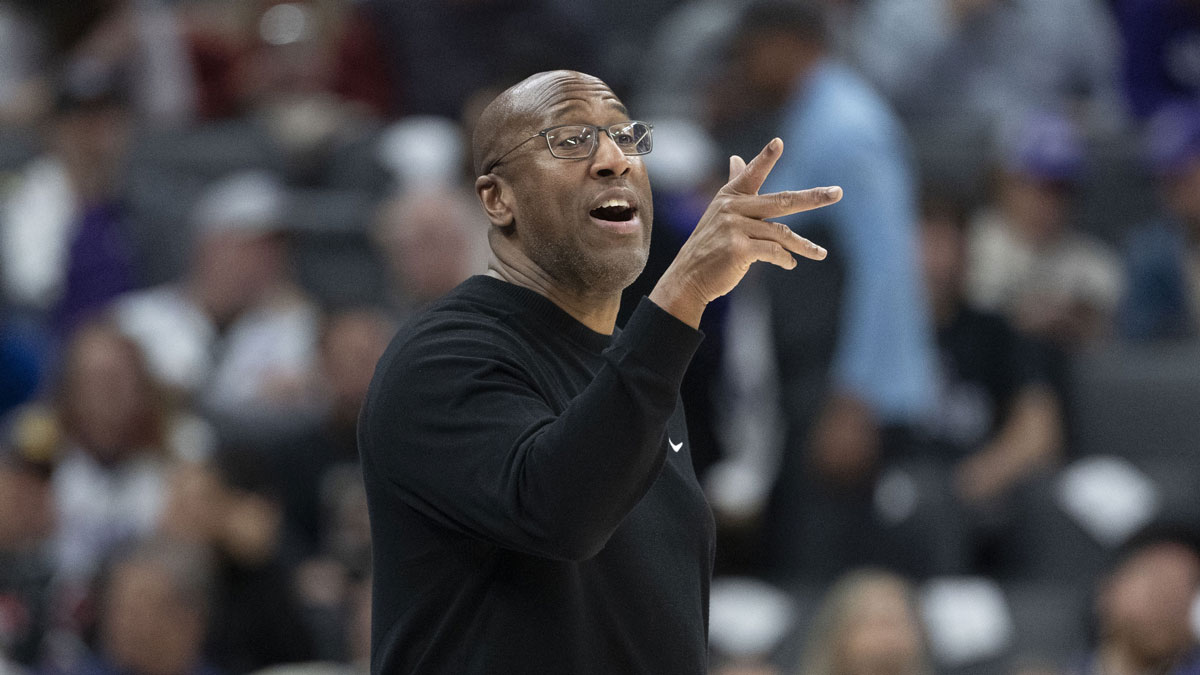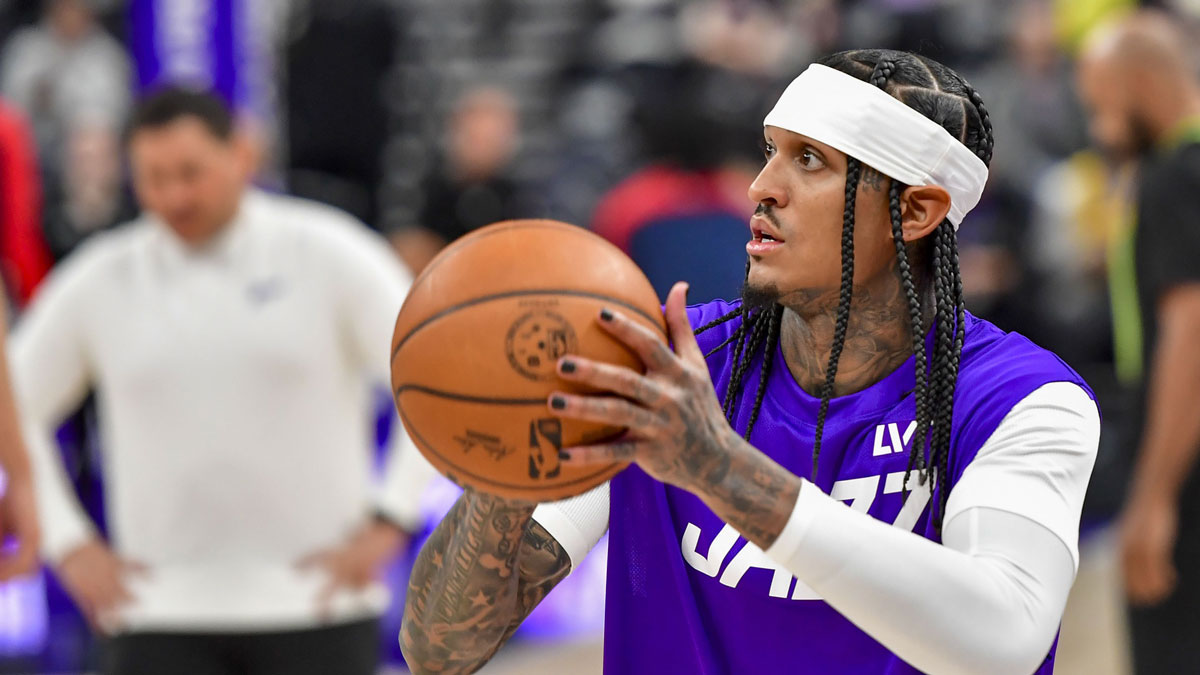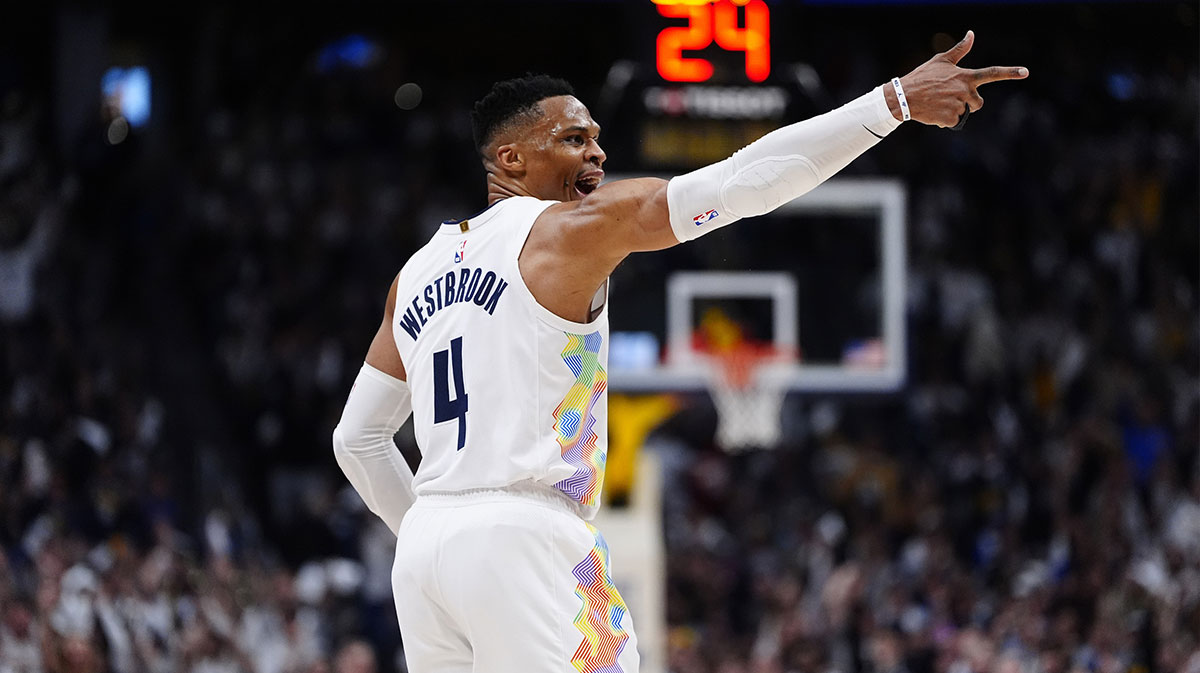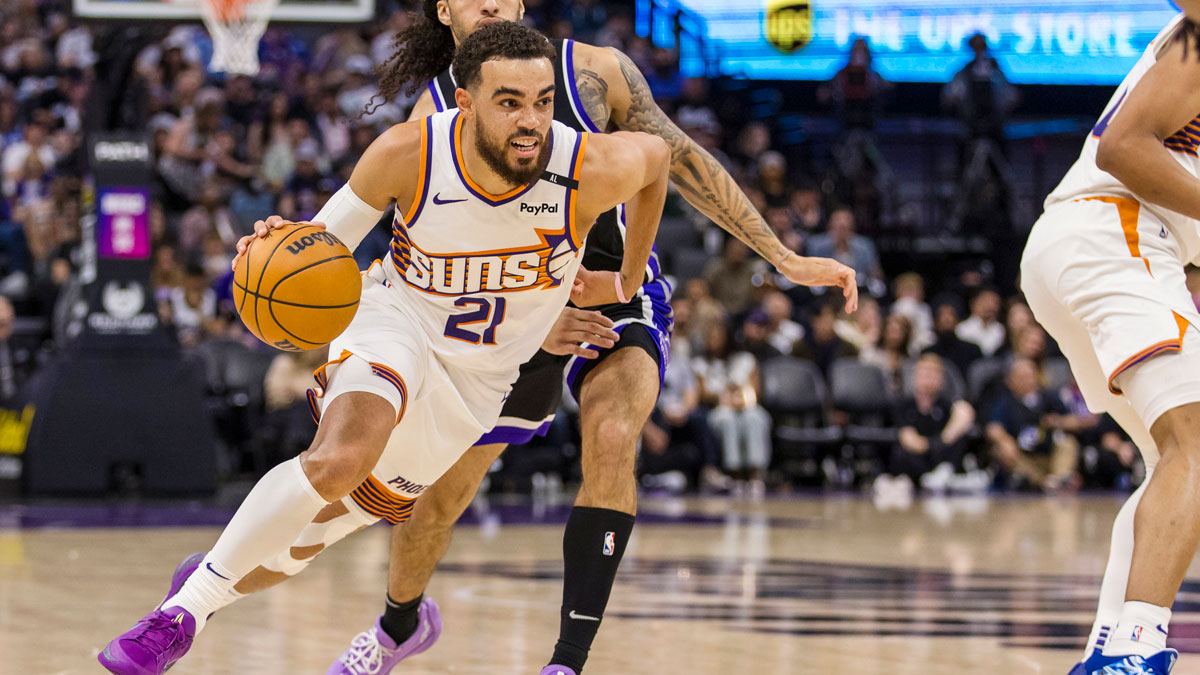In an arena long barren of hope, Mitchell Robinson is the lone catalyst for optimism. Fans pile into Madison Square Garden to watch their beloved New York Knicks, despite the franchise operating in full tank mode. In trading Kristaps Porzingis, the roster is mostly devoid of good NBA players. Dennis Smith Jr. has his moments, exciting crowds with high-flying slams and electric trips to the tin. Kevin Knox, while executing some exciting flashes of potential, is one of the worst rookies of all time, statistically speaking. In unexpected fashion, New York's second-round pick, Mitchell Robinson, has become the team's best player and a nightly highlight reel.
Robinson, by electing to skip his freshman season and train for the draft, undoubtedly caused his draft stock to plummet. Despite his clear, raw talent, scouts were concerned about a player who hadn't played organized basketball in a year. He is still learning how to play basketball in some capacities. He's fouling at a rate of six personals per 40 minutes, a hallmark of inexperienced big men who don't know how to use their tools. However, fouling problems almost always go away with age. I'm not too worried about the fouls, given the fact Robinson took a year off basketball. His IQ and positioning are still imperfect; his understanding of angles and spacing needs work. Often, Robinson presses up too high, mispositioning himself and conceding dives to the cup:
Again, Robinson unnecessarily sinks to help on the curling Evan Fournier when Henry Ellenson is on his hip, giving up a wide-open triple to Nikola Vucevic:
For a player who has not played college basketball, Robinson's defensive IQ is about average. It's better than many rookies on the defensive end but below savant-level rookies such as Jaren Jackson Jr. Robinson is far too jumpy, often giving up good positioning and biting on fakes while giving up open lanes. He jumps at the D.J. Augustin pump fake here, despite the fact his sheer length would be enough to bother the shot. On this play, his lanky frame forces Augustin to pass the ball low, forcing the turnover:
Robinson's tools on the defensive end are elite. Roaming around the floor, his 7-1, 240-pound frame and 7-4 wingspan create massive shadows on the court everywhere he goes. Knowing the level of his physical talent and mobility, Robinson loves to hunt for blocks on the weak side. Leaving Dwayne Dedmon, a 36.7-percent 3-point shooter, wide open in the corner is risky. Kevin Huerter fails to notice Robinson shot himself out of a cannon, volleyball-spiking this shot out of bounds:
Robinson's tools are by far his biggest asset on defense, helping make up for his rookie lapses. There aren't many defenders in the NBA with his combo of size, fluidity, explosiveness, and length. His wingspan is a massively valuable corrective tool, helping Robinson overcome some of his other defensive issues. That length makes him a nightmare to attack in drop-pick-and-roll coverage (when he actually decides to drop). Defending in space here, Robinson can cover two players at the same time, outstretching his right arm to erase this pocket pass window:
Sitting low with his arms wide, patiently scanning this play, Robinson waits for a signal from the ballhandler before rising up to block this floater. Offensive players fear his length and quickness and are, in turn, reluctant to toss lobs anywhere in Robinson's vicinity:
Even when Robinson sinks too low in his drop coverage, his gangly limbs make shooting over him a daunting task. Robinson calls upon all 9-3 of his standing reach to get a fingertip on this Bryn Forbes shot, causing it to fall short of the bucket:
Robinson fouls Aaron Gordon here, not allowing him space to land, yet the foul is not called. Still, his ability to erase jump shots is spectacular. Robinson is one of the best players I have seen at blocking jump shots. Much of this is due to his overly jumpy tendencies, but his length and IQ contribute to many of these plays as well. His mobility on the perimeter is exceedingly rare. Watch him absorb the contact on the Gordon drive and reject this shot off the glass:
Despite any shortcomings Robinson has on defense, he is positive on that end. Per RPM, he is a slight positive on defense, ranking 16oth in the league (0.63). He ranks third among rookie big men, behind only Wendell Carter and Jaren Jackson. However, Defensive PIPM ranks Robinson as a strong positive on defense, at a 2.5 DPIPM. This mark likely overrates Robinson's defensive impact; it ranks ninth in the NBA.
Among big men 21 or younger since 1997 who have played over 2,000 minutes, only one player had a DPIPM over 2.4. That player is Nerlens Noel, who reached an absurd figure of 2.9 DPIPM in his rookie season. Robinson has played only 854 total minutes this season but is on pace to join a historic cohort of big man defenders per PIPM. Mitchell Robinson makes some truly bananas plays. Looking at this image, who do you think blocks this shot?
 Mitchell Robinson, of course.
Mitchell Robinson, of course.
Robinson is more than a weakside rim protector. He has the necessary size and vertical pop to be an effective primary rim protector. Exploding off the pogo sticks Robinson calls legs, the “Blockness Monster” leaps to block seven foot Joel Embiid's fadeaway attempt:
It is easy to understate the lightning quickness with which Robinson covers airspace vertically. Look at where Robinson is once Embiid gets to the highest point in his release:
 Then look where he teleports to just half a second later:
Then look where he teleports to just half a second later:

This closeout from Robinson is poor and Anthony Tolliver beats him off the dribble because of it. Robinson's strides cover a continental amount of ground and he has good speed in a straight line, allowing him to recover and block this shot.
Switchability is a prime ability for modern big men. Robinson has chops to be one of the best in the league. On the perimeter, Robinson is fluid and moves his feet fairly well. His long strides and rim protection allow Robinson to make up for his relative slowness, compared to most guards. On the DeMar DeRozan crossover, Robinson flips his hips like a corner to stay attached. He sniffs out the reverse layup:
Though he is still not starting, Robinson's play has steadily improved this season and has hit a peak over the last 10 games. He's blocking 3.4 shots per game, snagging 8.8 rebounds per game (4.0 offensive) and 11.3 points per game on 73.3 percent true shooting. His fouling is down to five per 36 minutes as well.
Despite being a second-round rookie playing under 19 minutes per game, Mitchell Robinson is the best player on the New York Knicks. His defensive impact on his team is profound; over the last 10 games, the Knicks' defensive rating with Robinson is 108.7, which would rank tied for 13th in the league. His shot-blocking prowess incites trepidation in opposing offenses, allowing his teammates to capitalize on defense.
As the Knicks progress into the next stage of their rebuild, Mitchell Robinson will be a key piece. With a top pick coming and potentially some high-profile free agents, a player — more specifically, a contract –like Robinson is hugely valuable for team construction. Making under two million dollars per year until 2022, Robinson's eventual development will make him one of the league's best bargains. Being underpaid opens up cap space for the Knicks to recruit stars to the Big Apple.
Mitchell Robinson is far from perfect. On offense, he likely won't be much more than a rim roller and a finisher around the rim. As we have seen here, his defense still has a ways to go, especially in understanding positions, angles and spacing. In time, Robinson's fouling problems will begin to dissipate. With his physical tools and athletic ability, along with some flashes of brilliance and statistical dominance, Robinson has the potential to become an All-NBA-level defensive player. That ceiling is far from a guaranteed outcome, but if Robinson can reach that lofty peak, the Knicks will be in good shape for many years to come.
*All stats are accurate as of the morning of Saturday, March 2, 2019*

